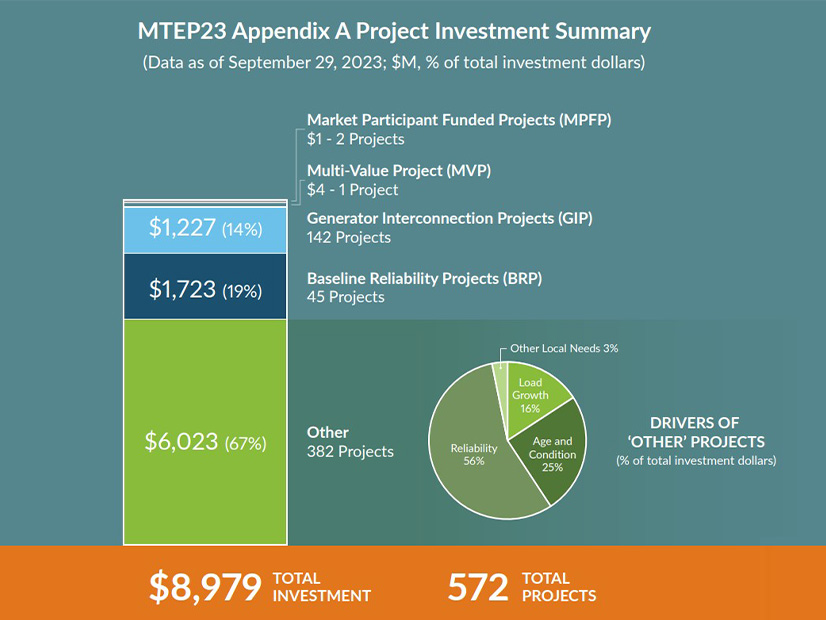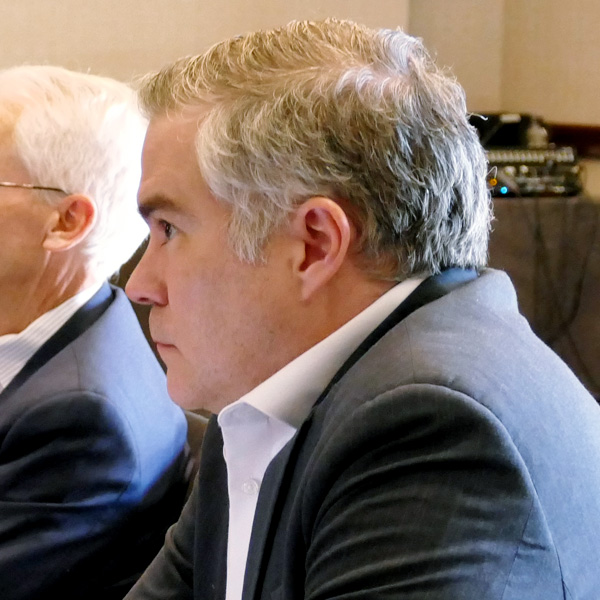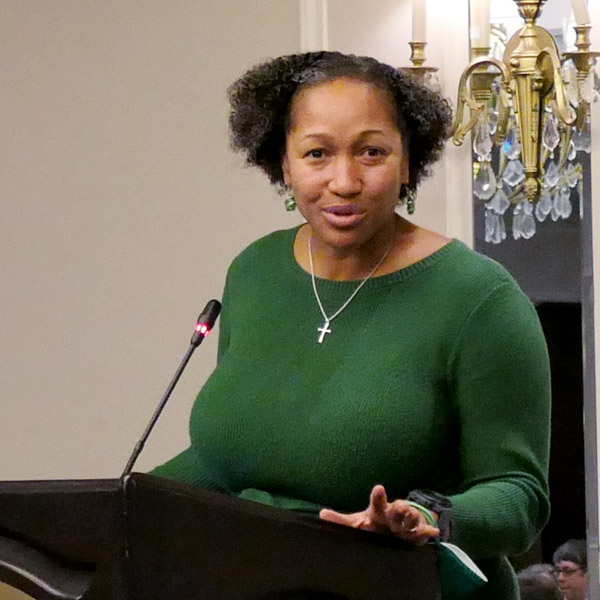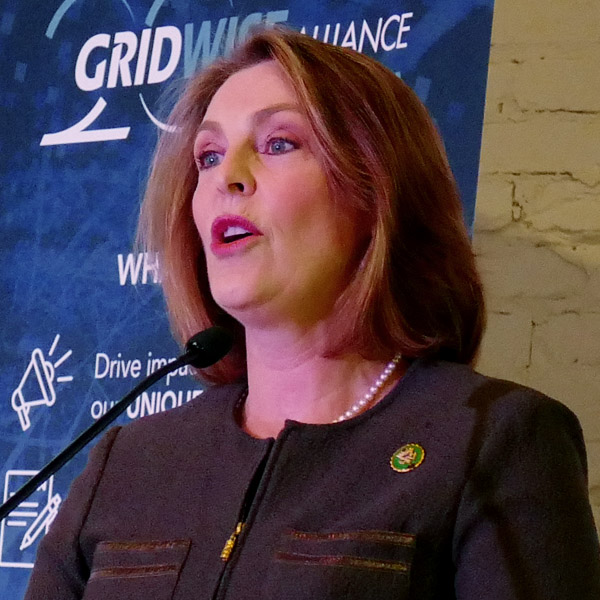CAISO staff and stakeholders on Dec. 6 again dove into the details of the ISO’s resource adequacy construct, including increasing visibility, creating year-ahead requirements and refining the existing capacity procurement mechanism (CPM).
The ISO’s Resource Adequacy Modeling and Program Design Working Group is getting into the weeds of how to plan for RA in different time horizons, including the year-ahead, two- to four-year and five- to 10-year time frames. During its third meeting, the group focused on the year ahead.
Aditya Jayam Prabhakar, CAISO lead resource assessment and planning analyst, presented a proposed assessment of RA showings, designed to determine if load-serving entities have procured enough resources for the ISO to meet the one-in-10-year standard. Staff discussed potential modeling inputs for determining sufficiency, questioning what resources should be included in the assessment.
“As the world is changing and you have a lot more variable energy resources, probabilistic modeling of risks is necessary,” Prabhakar said. “Ensuring reliability is the responsibility of the ISO, and that’s what we’re trying to assess here.”
CAISO proposed a variety of inputs to be put into a stochastic production cost model that would run simulations and determine surplus and deficit megawatts, including information on when a shortfall is occurring and for how many megawatt-hours. They include the California Energy Commission’s one-in-two load forecast, 500 load profiles, 500 wind and solar profiles, hydro and imports modeling, and outage draws.
There was some disagreement surrounding the resources the ISO chose to include in the modeling. In particular, some stakeholders thought strategic reserves and other emergency resources should be included.
“I’m curious about the decision to exclude the strategic reliability reserve and the reliability demand response resources from this assessment,” said Doug Boccignone, principal with Flynn Resource Consultants. “We’re treating these as hidden resources that we are not acknowledging exist, but we know we will rely on them and have relied on them in the past, and that just seems like we’re now creating a standard that is much higher than a one-in-10.”
Prabhakar answered that the intent of the RA program is to ensure operation under normal conditions and to avoid emergency events.
“Accounting for resources that are only accessible for us under emergency conditions, I think in our opinion, defeats that purpose because that essentially means that we’re planning to get into emergency conditions,” Prabhakar said.
Still, Boccignone suggested including extreme load events and the resources they expect will be available to meet those loads in the stochastic modeling so they can ensure they’ve “got it covered” in the event of bad conditions. He was also concerned with how this modeling could affect the decision to backstop should the ISO choose not to include emergency resources in modeling.
“If you weren’t considering those resources when you’re deciding to CPM something, that would be a mistake. If you know you can count on them, they’re going to be there; there’s no point in CPMing,” he said.
However, Nuo Tang of Middle River Power pointed out that emergency reserve type resources are generally used only after the RA program exceeds a 0.1 loss-of-load expectation, and therefore shouldn’t be included for the purposes of reaching 0.1.
Kallie Wells, senior consulting with Gridwell Consulting, also questioned if energy-only resources that can be used to charge batteries should be included in modeling.
“I think it makes as a good question as to whether or not there is a way to maybe include them only so that they can charge the batteries,” Wells said. “Then the batteries are able to discharge up to the amount that they’ve been shown for, but not necessarily include those resources to also be discharged to the grid.” Not including them could impact storage resource availability, she added.
Closing the Gap Between 90-100% Showings
The year-ahead time frame considers both shown capacity and forecast eligible capacity. Currently, the framework requires LSEs to provide 90% showings from May to September for system RA requirements, with the remaining 10% not shown because of the wide range of varying local regulatory authority requirements, leaving room for assumptions. As a result, CAISO questioned how to close the gap between 90 and 100% showings, assuming the remaining 10% could be RA-eligible resources held back for substitution or non-RA resources.
Kyle Navis, senior analyst with the California Public Utilities Commission’s Public Advocates Office, questioned if CAISO could request a nonbinding showing of the 90% requirement in the year-ahead showing process.
“If LSEs at the time of the showing are contracted to a compliance position that is above 90%, would they be able to show those additional resources without that additional capacity being bound by rules to acknowledge that there may be some movement in the market until the month-ahead showing process?” Navis said. “It seems like it would maybe close the assumption gap a little bit so that it’s not just ISO staff trying to come up with your best guess.”
Prabhakar answered that, if the process is effective, no one will have to make guesses on what resources will be available.
“If we have an approach where we can get 100% shown capacity for each month, and we don’t have to make any assumptions — that’s the idea of this entire process: We want to limit the number of assumptions that are made.”
The group will discuss the two– to four-year time frame during its next meeting, tentatively scheduled for Jan. 16.



